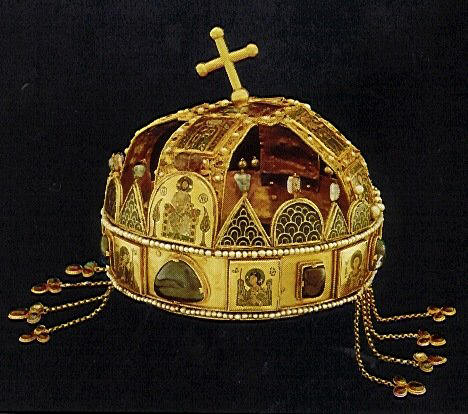It’s hard to believe the time has finally come, but sadly this is the last field excursion blog of our trip. For our last adventure, the gang and I went to the Hungarian Holocaust Museum. It was a heavy-hearted trip but a necessary and important one. With all the fun we’ve been having and all of the cool experiences we’ve had I sometimes forget about the important events of modern human history that occurred in the city we’ve been lucky enough to call home for the last few months. We must take time to reflect about what happened here, as sad as it may be, because it would be an insult to each and every victim if we just pranced around the city without at least taking the time to understand that this place hasn’t always been such a nice place. The fact of the matter is that innocent people lose their lives in both Budapest and all over Europe. We live in a place where some very dark moments in mankind history occurred, and leaving here without an understanding of that would be insulting to the people who went through so much for no rhyme or reason
We must never forget what happened in the 1940's
The museum itself was extremely well-organized and neatly put together. The building and the exhibits were pristine and the layout was done from a chronological standpoint giving visitors a good understanding of the entire timeframe. We had a wonderful tour guide who explained to us quite thoroughly the unfortunate series of events which occurred during the 1940’s in as sensitive as a way possible without leaving out any of the important (and hard to swallow) details. We learned about the different propaganda the Nazi’s and the Hungarian Arrow Cross Party used to try to convince the people that the Jewish people were enemies. We saw videos of people being taken from their homes and stripped from their belongings. On the walls there were descriptions of different phases and aspects of Jewish people’s plight, and it was all very interesting and informative.
One of the things that wrenched my gut the most was when she explained to us the story of the now infamous Dr. Mengele, also known as Dr. Death. I had heard about him before in high school, but I had for the most part forgotten about him before until I was refreshed in all the awful things he did. He used to use twins for all sorts of horrific tests with one of his main goals being to try to replicate the genes that cause women to birth twins in an attempt to get Aryan mothers to birth more children. In high school my professor also said that he used twins to have an accurate idea of what a subject looked before and after an experiment. As most of you probably know I am a twin myself, and the talk of all that made me sick. One always hears that the best way to truly understand what someone’s going through or went through is by trying to relate to what they went through, and when I thought about someone doing that to my brother and I when we were innocent small children I had to keep myself from getting emotional.
It does not take a poet to explain why the Holocaust was bad. I need not go into depth about each and every aspect of the Holocaust because they are engrained in us. We are all humans and when it comes down to it we’re all in this together. Some of us (The Nazi’s and the perpetrators) committed monstrous acts against another faction of us (The Jews, Gypsies, Handicapped, and all the other people affected by Holocaust). To reference Mark Twain in his story “Letters From Earth”, one observing our planet from above would only see what happens on our planet and wouldn’t understand the who, what, when, or why. All they would see is that one group of humans senselessly murdered countless numbers of another group. Therefore we should all feel remorse, anger, and pain for what happened and how a country as advanced as Germany would so quickly turn to something as horrible as Nazism. Hopefully these events will not repeat themselves, although events in Syria and other parts of the Middle East make me uneasy. All we can do is try to keep fighting the good fight in honor of all who have perished for no rhyme or reason, and hope that one day everyone will listen.

















